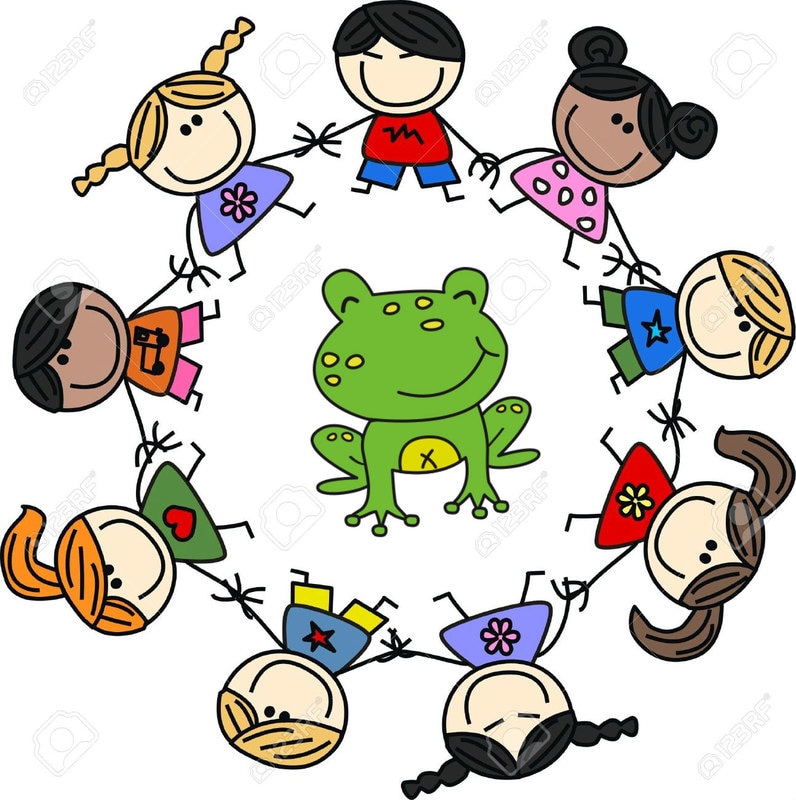But, if you look closely at the statistics you'd see something else happened, as well. Between 1990 and 2013 (the last year there was good data) the number of humans, globally, living in extreme poverty, dropped by more than half; from 1.85 billion down to 770 million! Oxford University researcher, Max Roser, says that the top news headline every day for the past two decades (!) should have read, "Number of people living in extreme poverty fell by 130,000 yesterday." Too, child mortality rates also fell by nearly half, while literacy, vaccinations, and the number of humans living in democracy increased. That's a lot to be happy about. Yet doom and gloom is almost all we hear about on the nightly newscast.
The research and policy nonprofit, Innovations for Poverty Action, work with field researchers and academics to test which programs actually help the poor. Here are their top four findings for 2016:
1. Give cash to the poor. Studies in Kenya, and elsewhere, showed that the simplest way to help is also one of the most effective; giving cash. Contrary to popular beliefs, the poor won't drink, or smoke, away your money. In fact, 19 recent studies, across three continents, have shown that when the poor are given money, they are less likely to spend it on "temptation goods." In fact, these studies show that the poor, when they receive a windfall, are more likely to spend the money on productive things; sending their children to school, fixing the leaky roof...even investing in a business. Refugees in Turkey and Lebanon are increasingly carrying ATM cards, provided by aid organizations, which are periodilcally loaded with cash which they are free to spend on whatever they need; rent, clothing, shoes, and food. It seems that a cash revolution is taking hold in the humanitarian world!
2. Innovative healthcare delivery can dramatically improve outcomes. Despite recent drops in child mortality, an estimated 5.9 million children (younger than 5) died in 2015, often due to conditions that would be easily treatable in other places, diarrhea for example. Nongovernmental organizations like Living Goods and BRAC Uganda, are training women in Uganda to make a living going door-to-door selling over-the-counter medications and health products. They function as franchisee business owners in an "Avon lady-style business!" Additionally, these women are trained to perform basic health checks on children to look for symptoms that may warrant getting the child to a local clinic. It is expected that these industrious business-owners could help to greatly reduce infant and child mortality rates.
3. Access to mobile money may lift people out of poverty in large numbers. In many parts of the world, cellphone service is now reaching remote areas. And with this new cellphone service, comes new forms of electronic services to help the disadvantaged. In Kenya, for example, anyone with a cell phone can transfer money through a text message. It is shown that through the use of this one service, households became less poor...especially households run by women. One study estimates that 185,000 women changed professions from subsistence agriculture to business and retail and that 194,000 households were lifted out of extreme poverty.
4. Mobile phone technologies are "leapfrogging" the reach of traditional telecom systems. This means that helpful reminders can be sent via text message to those in outlying areas. These messages help people to follow through on the things they want to do. One study showed these reminder messages helped poor people to save money. Another study, in Ghana, reminded residents to finish taking all their antimalarial medication, thus cutting back on illness and disease. One reminder is used by teachers in Ghana to help reduce the incidents of school drop-out by 50 percent!
Many programs, of course, don't work so it's not all celebratory parades and balloons in the world of poverty research. But it is encouraging to note that great strides are being made every year. Knowing what works, and what doesn't, is helping governments and aid organizations better utilize their resources to help the poor. And that means that 2017 could be an even better year for humanity than 2016. And that is really good news. Way to go humans!

 RSS Feed
RSS Feed